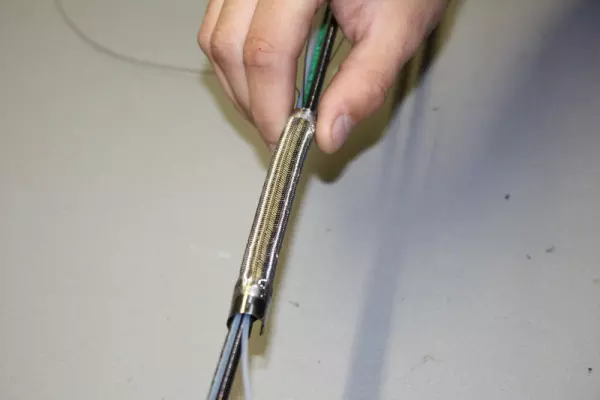
Repair service provider for your endoscopy...
endorepair – your partner for the repair of your endoscopy devices and ultrasound probes Ve...
Portal and digital medical technology fair of the largest MedTech cluster in Germany

Repair service provider for your endoscopy...
endorepair – your partner for the repair of your endoscopy devices and ultrasound probes Ve...
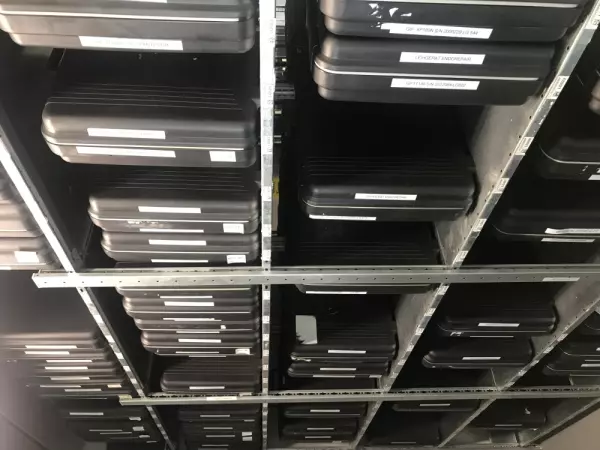
Bypassing repairs and rental equipment for...
At endorepair, we help you minimise your economic downtime. We achieve this on the one hand through...
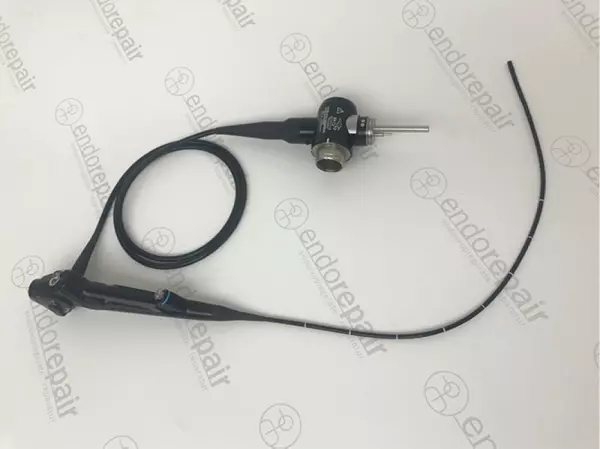
High quality, medical, flexible bronchoscope...
Our product range of medical endoscopes - High quality, medical, flexible bronchoscope for expe...
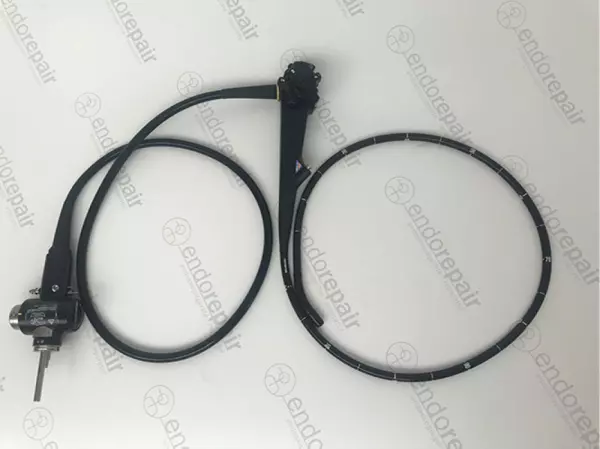
High quality, medical, flexible duodenoscopes...
Our product range of medical endoscopes - High quality, medical, flexible duodenoscopes for exp...
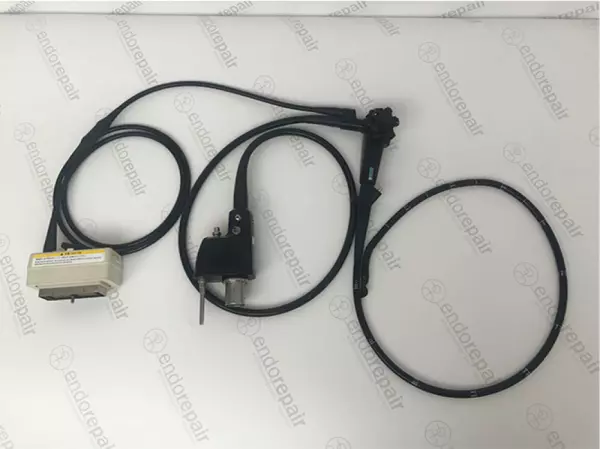
High quality, medical, flexible ultrasound...
Our product range of medical endoscopes - High quality, medical, flexible ultrasound endoscopes...
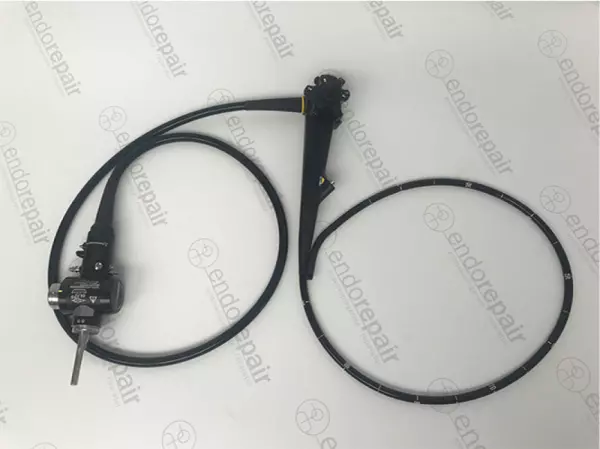
High quality, medical, flexible Gastroscopes...
Our product range of medical endoscopes - High quality, medical, flexible Gastroscopes for expe...
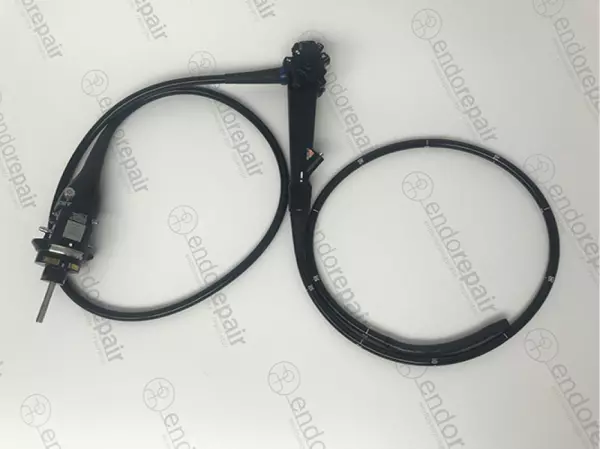
High quality, medical, flexible Coloscopes...
Our product range of medical endoscopes - High quality, medical, flexible Coloscopes for expert...

A colonoscopy is a common procedure used to diagnose colon cancer. During the procedure, the patient will lie on their side and a camera is inserted into their colon. The camera transmits images to a monitor, and a doctor may take a sample of tissue or remove polyps. The entire procedure can take up to 40 minutes and may involve several stages. In most cases, a person can go home the same day.
New technology for colonoscopy is constantly being developed. Advanced 3D mapping software is available, allowing doctors to view the inside of the colon without invasive procedures. It can also be used to identify the presence of potential malignant structures. The procedure eliminates the need for a colonoscopy and provides high-quality results. However, it is important to note that advanced imaging is still a necessity for accurate diagnosis. This new technology could revolutionize the way we treat colon cancer.
Colonoscopy technology has improved significantly in the past few years. The PENTAX Medical series of colonoscopes has an HD+ resolution that is nearly five times better than the previous generation of endoscopes. Its Close Focus feature improves image detail and enables the doctor to detect potentially malignant structures more quickly. Moreover, its True Torque feature increases its range of motion by nearly a third. This is an important development in the field of colonoscopy, and it is important for the future of the field.
The PENTAX Medical colonoscopes have been developed with improved HD+ resolution. There are eight models in the series, each of which features Close Focus, which enhances the image detail of the mucosa and makes it easier to detect lesions. They have True Torque, which is a unique system that allows surgeons to move the scope in and out with the least amount of discomfort. This is a key advancement in the field of colonoscopy.
As the aging population grows, the need for better colonoscopy devices will increase the market size. The need for improved technology will also increase the rate of colonoscopies, and more effective devices will allow physicians to perform more procedures. Besides, an increased number of patients are undergoing colonoscopies to identify polyps and other abnormalities. The technology can also be used to detect inflammatory diseases such as ulcerative colitis and stomach ulcers.
Colonoscopy is an important procedure for colon cancer. It's not a risky procedure, but it can cause bleeding. The procedure is safe and effective, but there are some risks. Some people have bleeding during the procedure. This is usually controlled by the endoscope. Other risks of a colonoscopy include sedatives and heart and lung disease. A symptom of a colon cancer should be an abdominal pain or rectal bleeding.
In addition to detecting colon cancer, colonoscopy is a common procedure for evaluating the heart. The procedure is performed by a trained professional who will place the patient on a padded examination table. The doctor may position the patient's knees in a position that's comfortable for the doctor. Afterwards, the patient will lie on his or her side and be positioned on a padded examination table.
Robotic devices are becoming increasingly popular. Currently, the Neoguide system has become the most popular robotic colonoscopy. The company's SC40 was acquired by HOYA in 2017. It offers a high-definition image of the colon to increase diagnostic efficiency. The robot is a great choice for patients with a limited budget. The robot is more expensive than traditional colonoscopy, but it's worth the price.
There are many types of endoscopy. There are a few technologies that allow the doctor to view the colon from multiple angles. The Neoguide System allows the physician to view the patient's colon as it performs the procedure. The Endotics(r) system is another type of video endoscopy. The device enables a surgeon to view the colon with greater precision and reduces the risk of complications. Its advanced technology is beneficial for the patient, and helps the physician improve their skills.
A doctor can perform a colonoscopy at the point where the large and small intestines join. The procedure takes 15 to 30 minutes and allows for the doctor to evaluate colon polyps. If found, the polyps can be removed and the tissue can be sent for analysis. The doctor may remove the polyps to examine the colon. A doctor may remove the polyps to check for a possible cancer.
Become a digital exhibitor yourself in the online portal of the largest and best-known MedTech cluster region in Germany and inform the world of medical technology about your products and services as well as about news, events and career opportunities.
With an attractive online profile, we will help you to present yourself professionally on our portal as well as on Google and on social media.